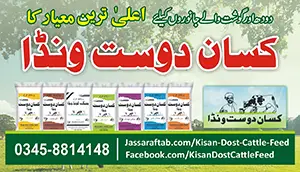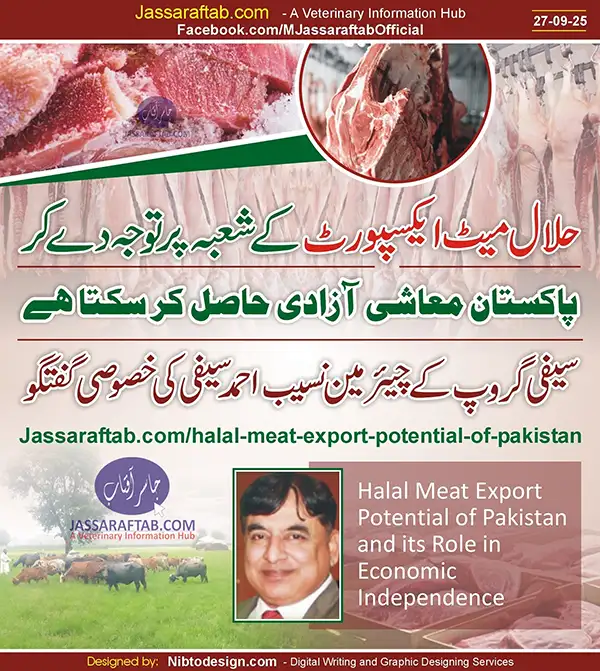History of World Camel Day | Characteristics of Camel | Benefits of Camel Milk | Benefits of Camel Meat
World Camel Day is celebrated annually on June 22nd. The idea of this day was generated from Pakistan. World Camel Day raises awareness about the importance of camels to livelihoods as food security agent. It also highlights the benefits of camel milk and benefits of Camel meat. In Addition, camels provide food and accessibility in situations where other livestock cannot. There are three main species of camel. Camel species include the Dromedary Camel, Bactrian Camel, and Wild Bactrian Camel. Characteristics of Camel make it an interesting animal. The history of World Camel Day relates to Pakistan.
Book on Breeding and Biology of Camel
Camels and History of World Camel Day
History of World Camel Day links to Pakistan. Dr. Abdul Raziq Kakar in 2009 proposed this Day. He is a scientist and expert from Pakistan. Although, 21st June is the longest day of the year but it is already specified. The difference between the 21st and 22nd of June is only 2 seconds. So, he decided to skip the 21st of June and chose the 22nd of June as World Camel Day.
From 2009-2012, it was only celebrated within the Balochistan Province of Pakistan. Balochistan is important for the habitat of this animal. After this, in 2013, he launched the WCD Facebook Page and earned support at the country and global level. In 2014, the first World Camel Day was celebrated in different countries. Since 2014, WCD has been celebrated annually worldwide. Prof. Dr. Younis has also contributed to the history of World Camel Day.
Characteristics of Camel
Camels belong to the Genus Camelus and the family Camelidae. Interesting characteristics of camel relate to their ability to face hard environments. They can live in harsh and arid environments without drinking water for long periods.
They are classified as one-humped or two-humped camels. Dromedaries, also known as Arabian Camels, have one hump on the back. On the other hand, domesticated and wild Bactrian camels have two humps on their back.
Due to the characteristics of Camel, it is called the ship of the desert. They produce Milk, Meat, wool, and hides. They also have the value as pack or saddle animals.
The hump of this animal includes fatty tissues. Camels store fat in their hump. This fat can be converted into energy when food is not available. This hump allows them to survive long periods without eating or drinking. The size of the hump can vary depending on the amount of food this animal eats.
They have long curved necks. They have short tufted tails and slim long legs. Camels have wide, elastic padded feet which prevent sinking into the sand. On the other hand, wild Bactrian camels have claw-like hooves.
They have a thick coat that reflects sunlight and insulates them against extreme temperatures. During summer, their coat becomes lighter in color. It helps to reflect the sunlight and protects them from sunburn..
اونٹوں کی سماجی اور اقتصادی اہمیت کے موضوع پر انٹرنیشنل کانفرنس کا انعقاد
Camels have two rows of long eyelashes, ear hairs, and a third eyelid to protect their eyes from sand. They can also close the nostrils and form a barrier against desert sand. Camels have oval red blood cells that can flow quicker in dehydrated conditions. They have excellent vision with exceptional night vision.
Camels and Benefits of camel milk
There are many benefits of Camel milk. Camel milk is highly nutritious and beneficial for human health. It is a good source of vitamins such as vitamin C, and B vitamins including B1, B2, and B12, and vitamin D. It contains essential minerals like calcium, magnesium, iron, and potassium, which are vital for overall health.
Camel milk has benefits in the treatment of certain diseases in some parts of the world. Camel milk contains protective proteins such as lysozyme, lactoferrin, lactoperoxidase, and peptidoglycan recognition protein (PGRP). These proteins possess broad-spectrum antimicrobial and antiviral activity. These proteins play a vital role in enhancing immune defense mechanisms as well.
Importance of Camel and its Milk
Medicinal Benefits of Camel Milk
Camel milk contains insulin-like proteins. So, it is beneficial for diabetic patients. Camel milk is less likely to cause allergic reactions compared to cow’s milk. It is a suitable alternative for those with milk allergies. Furthermore, its milk is also valuable for the treatment of food allergies, Crohn’s disease, and autism.
It is the best source of animal protein in many African and Asian Countries. Generally, it contains less fat content compared to cow’s milk. In addition, it contains a higher proportion of healthy unsaturated fats. Due to which it reduces the risk of cardiovascular disease.
It is easy to digest and good for gut health due to probiotics. Moreover, it contains iron-saturated lactoferrin which prevents microbial growth in the gut. It contains antimicrobial and anti-inflammatory properties. In addition, It has bacterial inhibition like Staphylococcus aureus, Escherichia coli, Klebsiella pneumoniae, clostridium, and Helicobacter pylori.
Camels and Benefits of Camel Meat
Camels are slaughtered for meat worldwide. Dromedary camel is the preferred breed for meat production. Camel meat composition varies according to breed type, age, and body condition of the carcass. Water content in camel meat also differs among species.
The benefits of Camel Meat relate to its nutritional value. Camel meat is rich in essential amino acids, minerals, vitamins, and bioactive components like carnosine, anserine, and glutathione. It contains high levels of potassium, phosphorus, sodium, magnesium, and calcium. It contains a higher calcium content than beef. Furthermore, It also contains essential fatty acids such as mega-3 fatty acids. It is rich in high-quality protein, essential for muscle growth, repair, and overall well-being of the body.
Meat of this animal also contains high iron content which is beneficial for preventing anemia and maintaining healthy red blood cells. It has low cholesterol and low saturated fat content. Due to which it contributes to better cardiovascular health. Antioxidant properties also enhance the benefits of camel meat.








